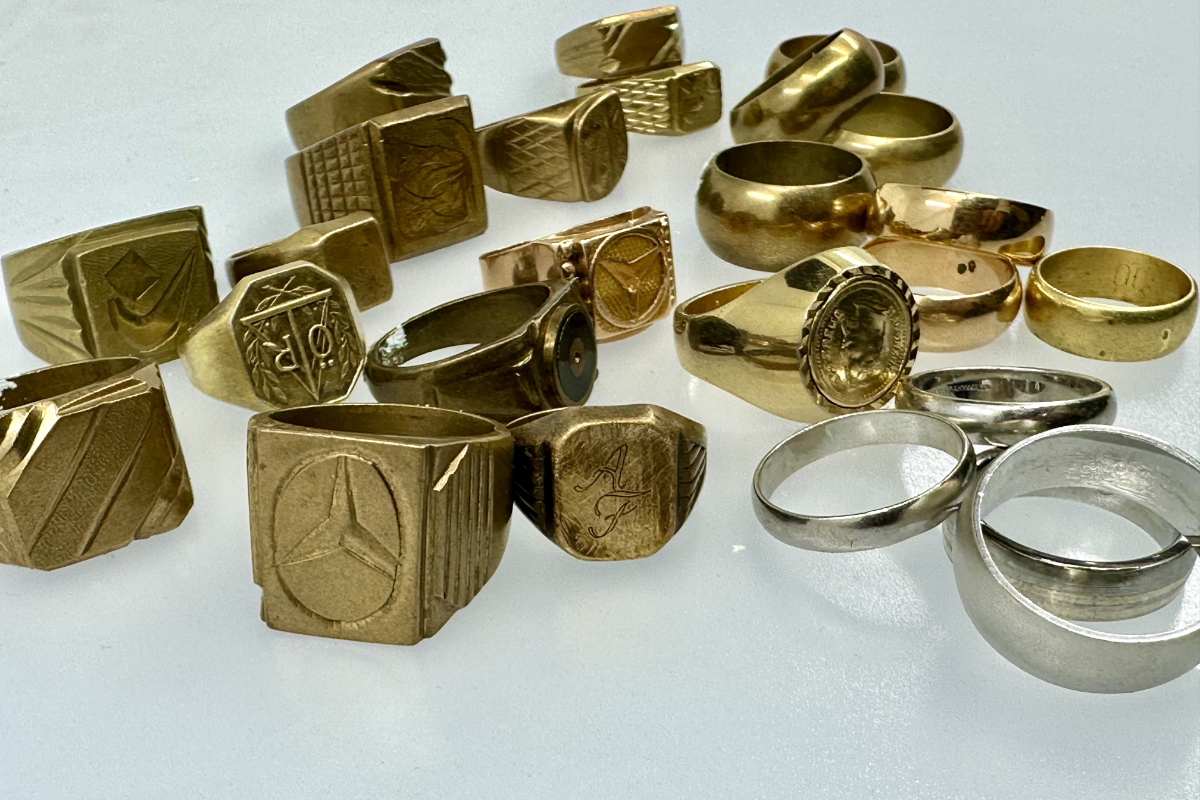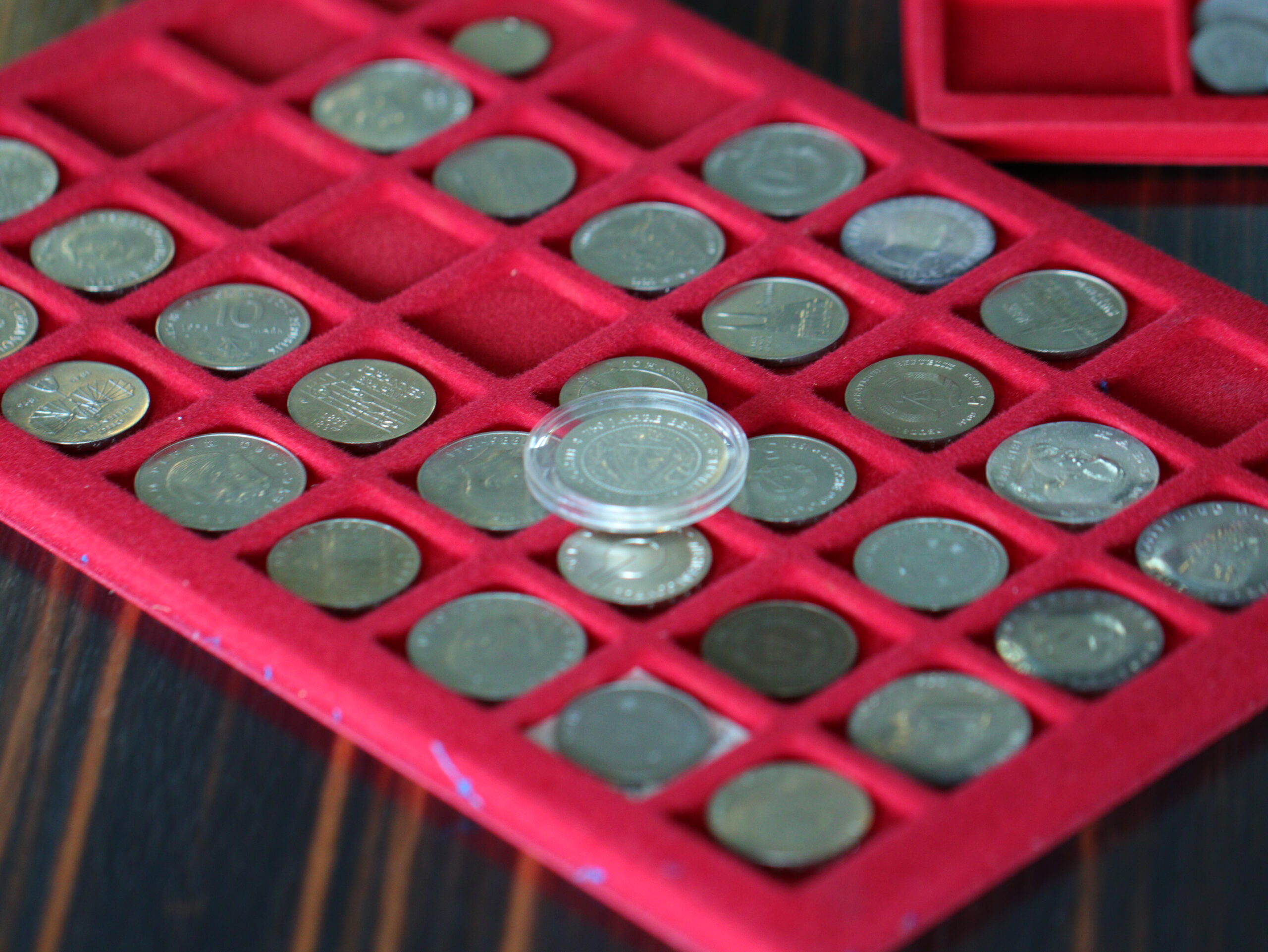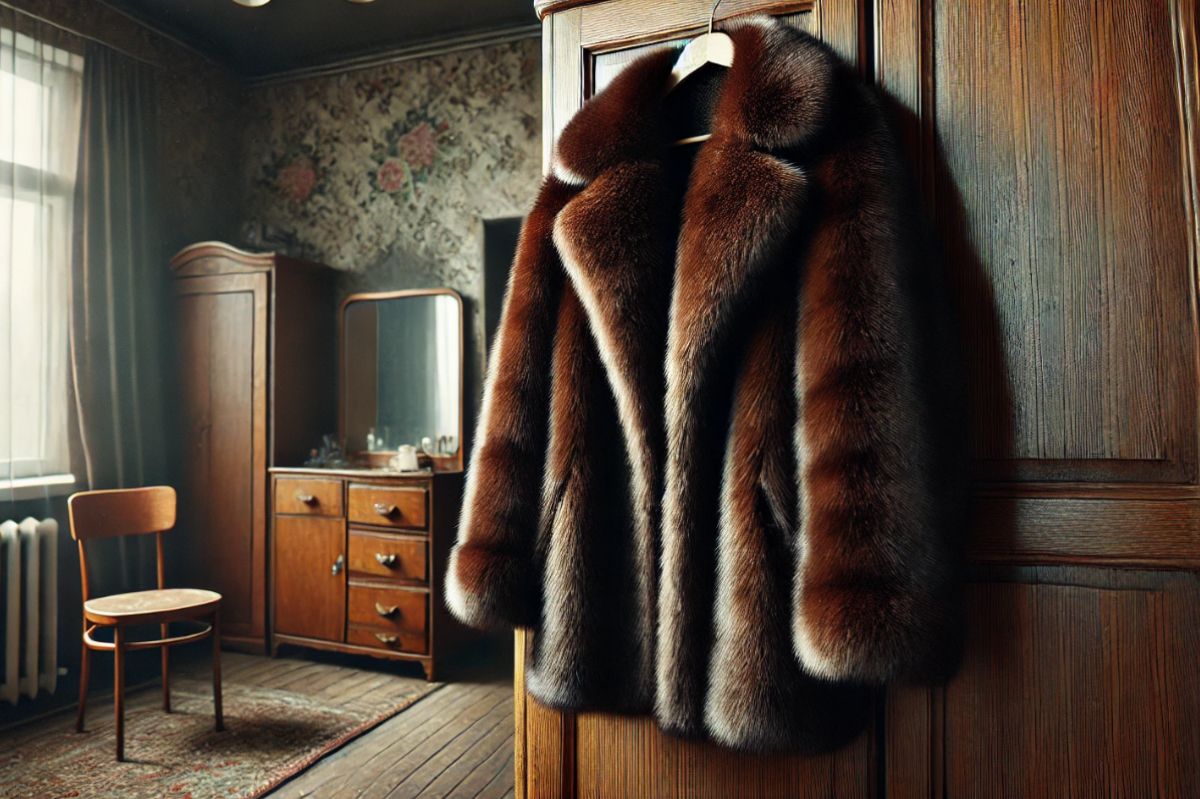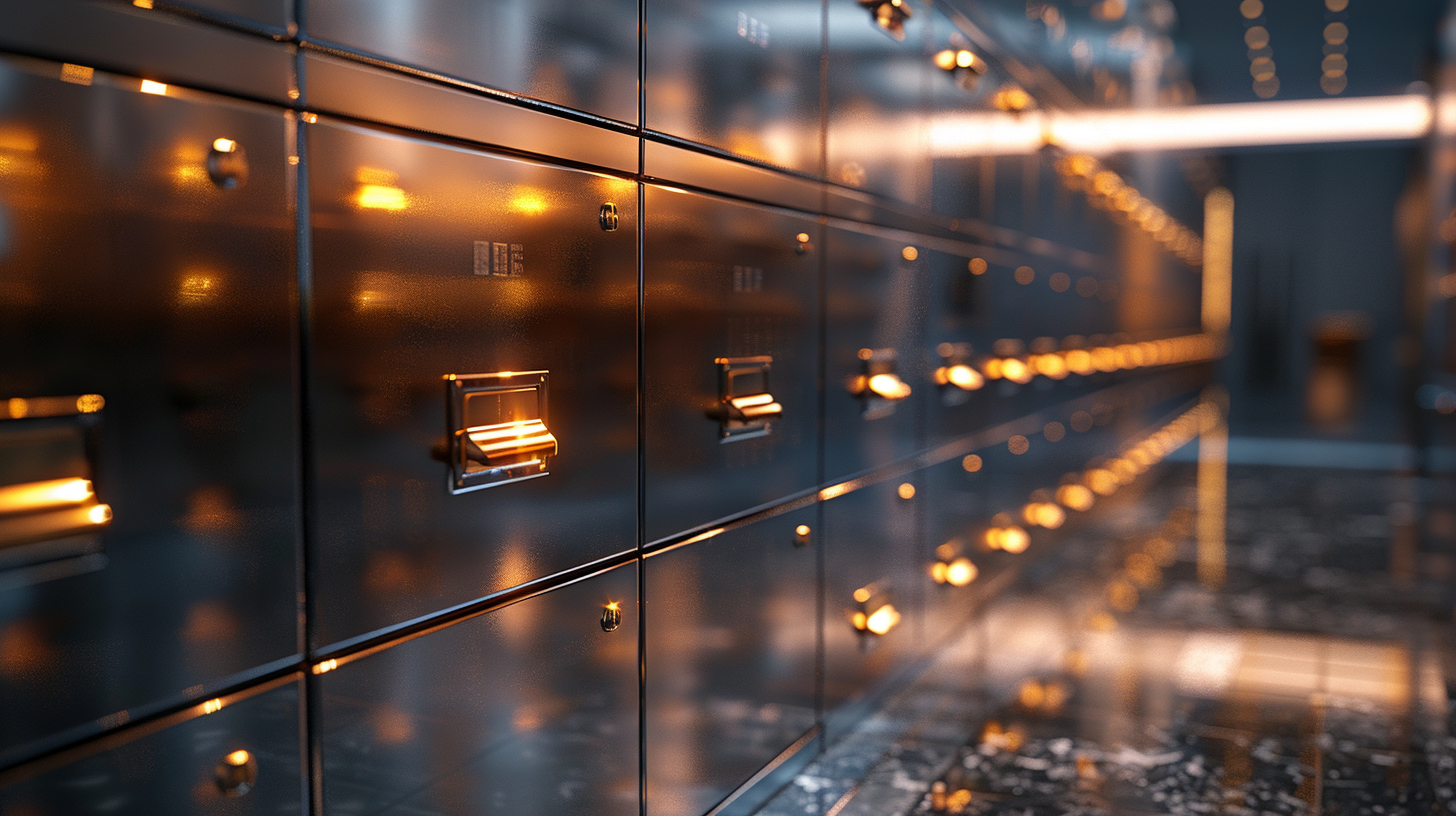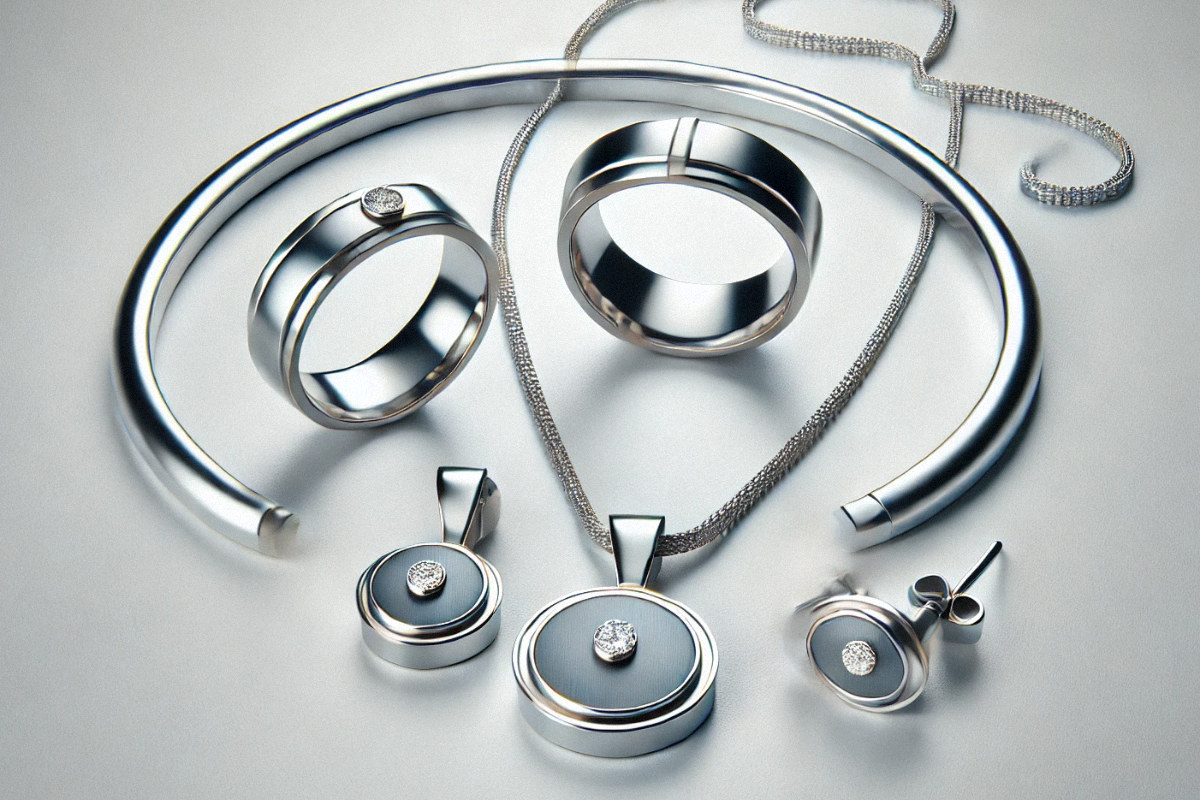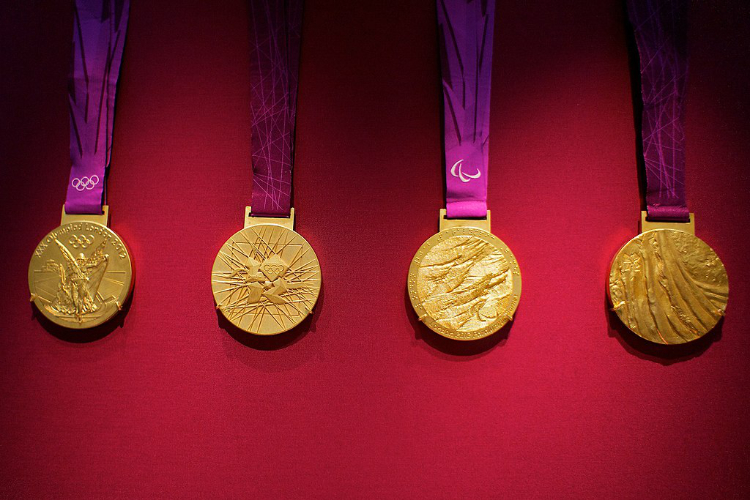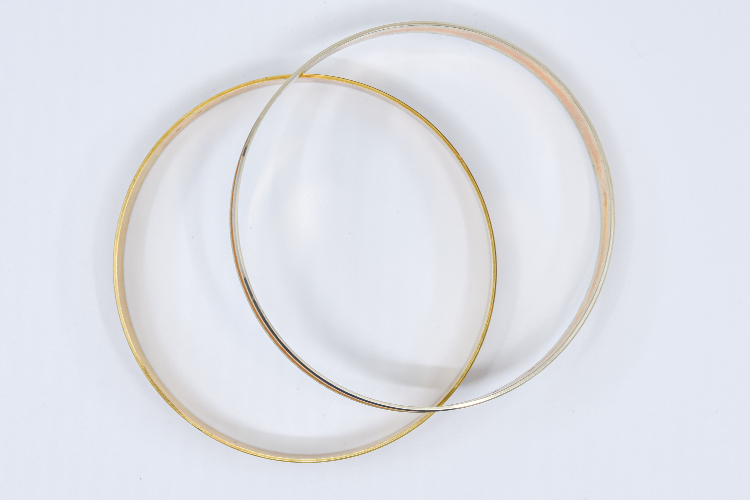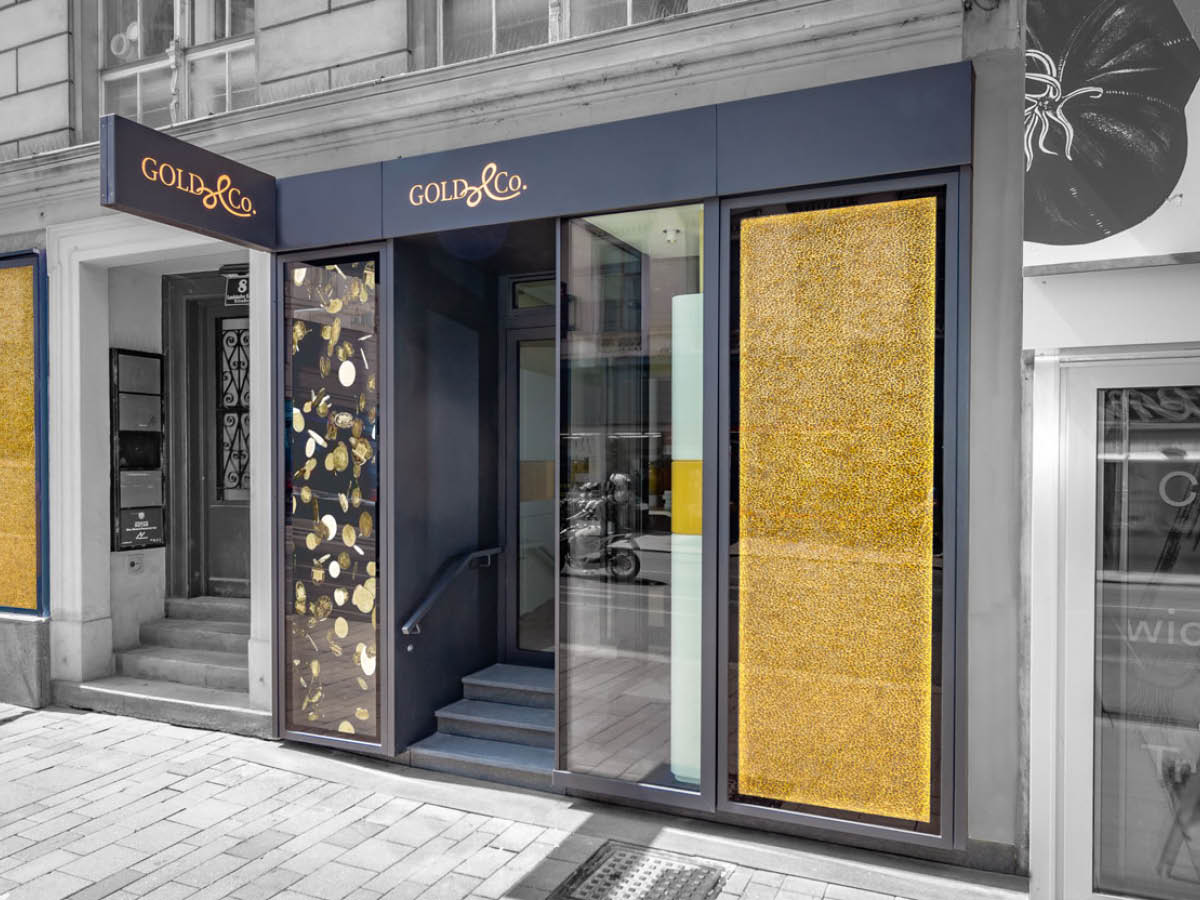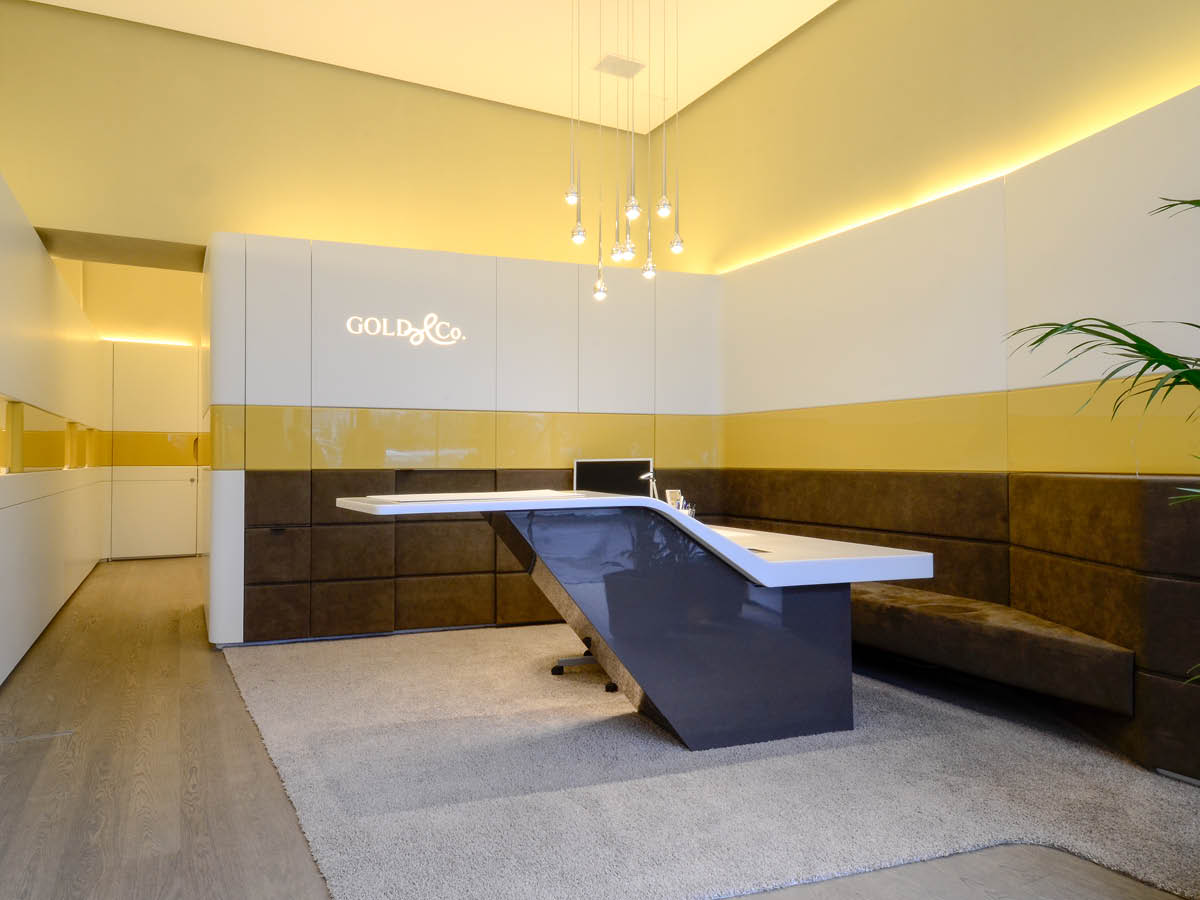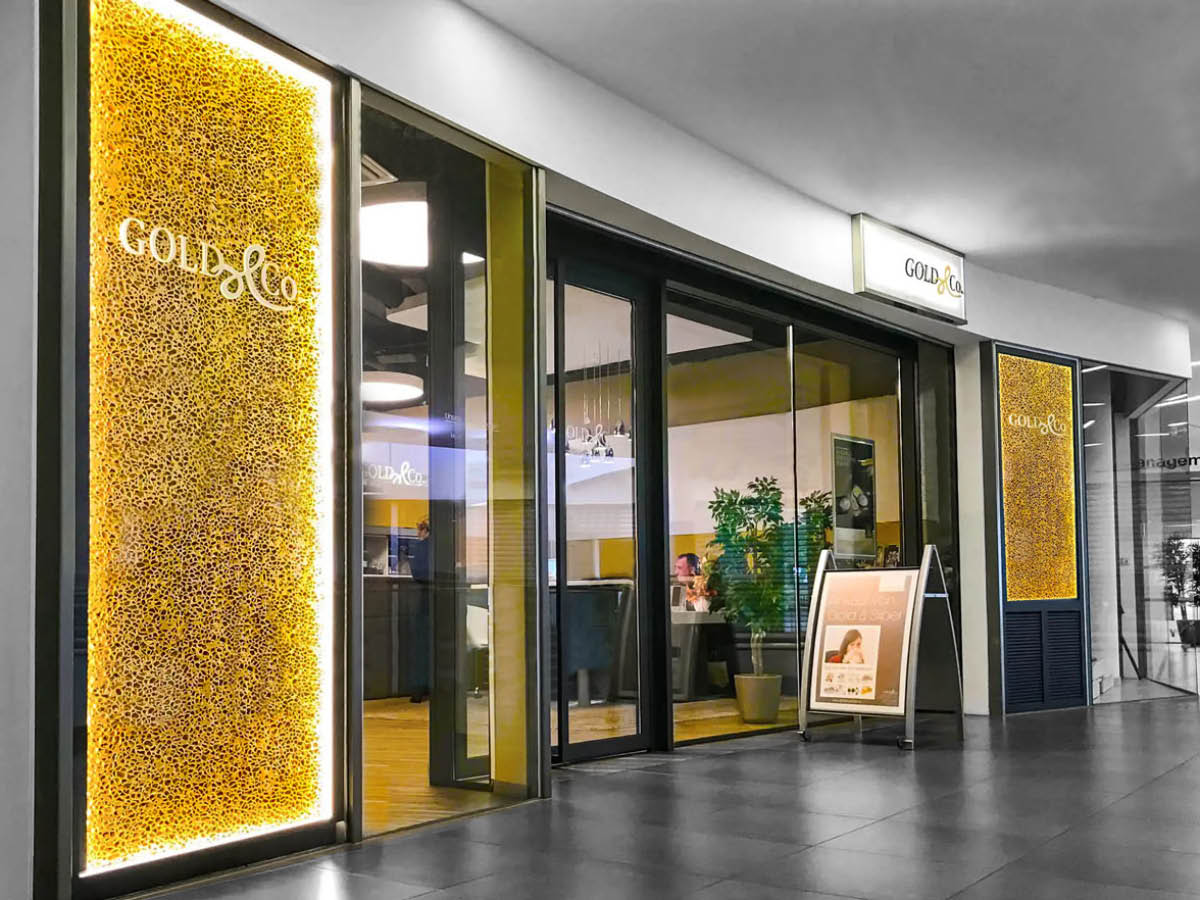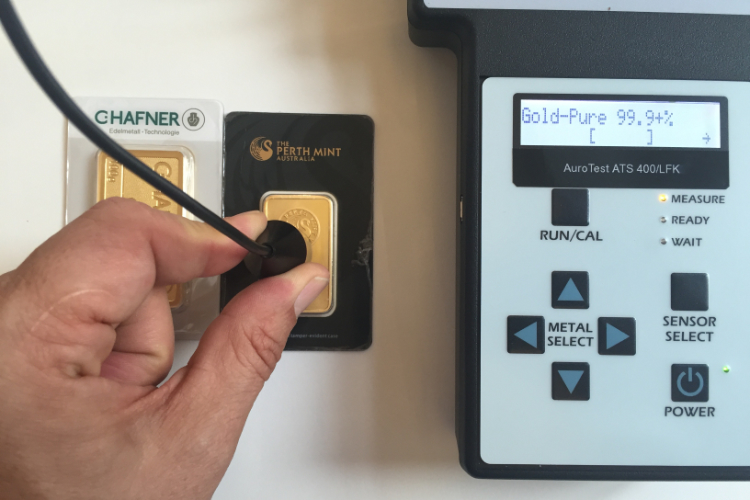
All that glitters is not gold! Since 2016, counterfeit gold bars and gold coins have been popping up again. You should be particularly careful when buying online. It is difficult for laypeople to tell the difference between genuine and fake goods.
Gold bar fraud attempt uncovered
On September 14, a 34-year-old man came into the Gold & Co. Branch at Währinger Straße 48, 1090 Vienna and tried to sell us counterfeit bars. The gold bars were about 9×5 centimeters in size. Thanks to the many years of experience of our employees and with the help of the latest testing equipment, it was quickly established that they were counterfeits. We informed the police, who questioned the man living in Bratislava. Further counterfeits worth a total of €6000 were found on his person. He was charged with aggravated fraud and released. Please also read the article in the Standard.
Buy gold bars? Go for quality!
The saying goes that gold is a "safe haven". There is no doubt about this. However, gold pieces, coins or bars are sometimes offered as supposed bargains by private individuals. This can be at a highway rest stop, in the bank or via internet platforms. An emergency sale to raise money is often suggested under the pretext of an emergency situation. The significantly lower price seems to underline the emergency situation. But be warned! There are no gold bargains that are cheaper than e.g. 10% of the bank price; if they are - there is certainly a catch. It can be fake or real but stolen, for example. And neither the one nor the other has pleasant legal consequences. We generally advise against buying gold privately, as the seller cannot be held accountable to you if something is wrong.
A reputable dealer, on the other hand, gives you much more security! Apart from the fact that every retailer guarantees and is liable for their goods, you can be sure that you are buying genuine goods.
Look for a retailer you trust, possibly have a conversation before you buy and gain a personal impression in addition to internet reviews.
At Gold & Co., only precious metal experts work for your safety to avoid just such incidents. 130 years of expertise and family tradition make the difference in quality. We at Gold & Co. carefully check every gold bar and every gold coin and only sell goods to our customers that we ourselves would take back at any time with a clear conscience. Do you have any questions or suggestions or would you like a free consultation? You are welcome to contact us at any time or visit us in one of our branches. We look forward to hearing from you!
Counterfeit gold bars - often sold on eBay
In the past, it was often the larger bars that were counterfeited, but what is new is that counterfeits are now being made in all sizes. At the moment, it is mainly Perth Mint bars with a kangaroo motif and smaller bar sizes up to 10 grams from Heraeus (Germany) and Argor Heraeus (Switzerland) that are being copied by counterfeiters. In the case of the smaller sizes, the bars are sometimes counterfeited with brass. In these cases, there is a more or less clear deviation in size from the original bar. What is new at the moment is that the packaging, which is supposed to guarantee protection against counterfeiting, is PERFECTLY counterfeited. In the case of bullion coins, the best counterfeits are made of tungsten, which has the same density as gold. This means that the dimensions and weight are always correct. However, there are still differences that can be distinguished using modern technology. The naked eye is easily deceived. Incidentally, most counterfeit gold investment products come from China and are circulated via the online trading platform Ebay. You should be particularly skeptical here if the seller states that they cannot provide a guarantee due to the private sale.
However, it is not only private buyers who are at risk of falling for gold counterfeiters. Even traders sometimes buy gold bars incorrectly if they lack the know-how or suitable testing equipment. Even the Bank of England has unknowingly sold tungsten-filled bars to China.
Certified gold bars - only buy from the experts
You have the following advantages when buying gold bars from a certified manufacturer:
- Quality feature that speaks for a renowned manufacturer
- Increased security with regard to counterfeiting
- Easily resalable at all banks worldwide
- No additional price deductions from the regular sales price
Certified gold bars have the following feature in common: production by a Good Delivery certified manufacturer.
This certification is awarded by the London Bullion Market Association(LBMA, based in London) to manufacturers who commit to strict rules and controls in the recycling and production of gold bars. In contrast to most gold bullion coins (e.g. Vienna PhilharmonicMaple Leaf, Krugerrand and others), the dimensions of gold bars in the small investor range up to 1 kilogram are not standardized internationally and vary depending on the manufacturer. For this reason, renowned manufacturers voluntarily subject themselves to the LBMA regulations and thus give the buyer the security of purchasing a high-quality bar. Renowned manufacturers in Austria include Münze Österreich, Heraeus (Germany) and Argor-Heraeus (Switzerland).
You should always bear the following in mind when buying a gold bar:
- Only buy bars from LBMA-certified manufacturers.
- Terms such as "Dubai Good Delivery" are also not LBMA certified, although the quality may well be equivalent. Otherwise, when selling a bar from a non-LBMA-certified manufacturer, you will have to allow for price deductions of up to 15%, depending on the buyer. This is because these bars cannot be resold and must be remelted.
- Do not buy bars produced in-house by non-certified manufacturers. They adorn themselves with similar-sounding certifications and thus try to come close to LBMA certification without being entitled to "Good Delivery" certification.
Counterfeit gold bars and gold coins - characteristics
Counterfeit gold bars have different characteristics. Experts often recognize counterfeits very quickly from the impression, appearance and embossing features of cast bars. Physical measurements also help to determine authenticity. Larger bars are often counterfeited with a tungsten core, as tungsten has a similar density to gold. Density is the ratio of the mass to the volume of an object. Tungsten has a density of 19.3, which makes it very similar to gold (19.32). Due to the subtle difference in density, however, the counterfeit ingot must differ from the original: In size or weight. However, these subtle differences in size can only be recognized by the trained eye. A better indicator of counterfeits are round spots on the sides of the bars. Gold bars are often drilled out, filled with tungsten and re-soldered with gold.
In addition, a counterfeit gold bar of the same mass has a different weight. A certified 250 gram bar normally weighs just over 250 grams, usually 250.01 grams. A counterfeit tungsten bar, on the other hand, weighs approximately 249.75 grams.
Another characteristic of real gold can be detected with a magnetic scale: Gold is diamagnetic. While tungsten, like iron or nickel, has a paramagnetic effect and can be magnetized, gold counteracts an applied magnet. These characteristics are also found in counterfeit coins, most of which currently come from China and contain tungsten. Here, too, parameters such as size, diameter, weight, sound propagation time and conductivity vary. The expert can also recognize manipulated gold bars by the solidification lines and the integrity of the edge embossing.
Detecting counterfeiting with physical methods
A precise examination of the precious metal can be carried out using acoustic microscopy. This is a process in which a very high frequency is used to obtain an internal image of an object. The gold remains undamaged as it is only treated with ultrasound. This method is particularly suitable for detecting material properties or changes. In semiconductor technology, this method is used to detect cavities, for example. Cavities can also occur when counterfeiting gold bars. In acoustic microscopy, the travel time of the sound is determined, the so-called sound propagation time. This is usually given in meters per second (m/s). A measuring head is placed on the gold bar. This emits a sound that is reflected on the back of the bar and then measured. If the ingot contains a tungsten core, the sound is reflected at the beginning of the metal and not at the end of the gold ingot. This results in a longer sound propagation time for a counterfeit gold bar. While fine gold has a sound propagation time of 3240 m/s, a bar counterfeited with tungsten has a sound propagation time of approx. 5180 m/s.
Another method of authentication would be to check the gold bar for electrical conductivity. This method is suitable for gold bars weighing up to 50 grams. Gold bars that are shrink-wrapped in thin foil can be tested through the foil. The measured value of the electrical conductivity should be approximately 44.7 µS/m. Counterfeit bars have a different value.
Are you planning to invest in gold or silver? Simply visit one of our branches in Vienna. Our precious metal experts will be happy to advise you. We look forward to your visit!

